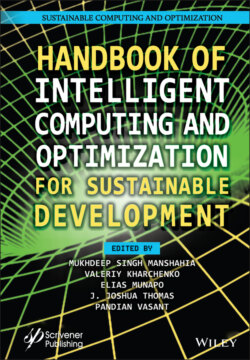Читать книгу Handbook of Intelligent Computing and Optimization for Sustainable Development - Группа авторов - Страница 59
2.5.2 Enzyme-Free DNA Logic Circuits
ОглавлениеSeelig et al. [8] have followed toehold-mediated branch migration and DNA strand displacement procedure to build up molecular logic gate. This method does not require any enzyme. The researchers have also demonstrated Boolean logic gates, cascading, feedback, signal restoration, and amplification by DNA strand displacement in their research work. Following strand displacement methodologies, the input signal and the output signal have identical forms; thus, cascading can be performed to construct multi-layer circuit.
DNA strand displacement can be defined as the enzyme-free exchange of one DNA strand with another DNA strand. It is controlled by the biophysics of DNA molecules. Toehold is the overhanging domain of the original DNA strand which is complementary to the single stranded invading strand. Once toehold domain binds to the invading strand, it extends the hybridization by displacing the prehybridized resident strand of the original DNA strand [7]. Toehold-mediated branch migration and DNA strand displacement is one of the basic operations of several DNA computing models. The pictorial depiction of the above defined process is presented in Figure 2.18.
DNA strand displacement can be quantitatively controlled over a factor of 106 by varying the length and sequence composition of its toehold domain. Now, we focus on enzyme-free formation of DNA logic gate using DNA strand displacement mechanism which is essential for designing logic circuit.
